You’ve probably heard the phrase “hydration is key,” more than once. It often pertains to your exercise regimen, digestion benefits and, in general, your overall health. But what does hydration look like for young children?
We wanted to find out, especially because this year’s summer is hotter than average in the NoVA area, and kids are frequently spending time at playgrounds and in backyards.
We spoke with Terry Kind, M.D., professor of pediatrics at The George Washington University School of Medicine and Health Sciences and pediatrician for Children’s National Health System, about her suggestions for the summer heat and what caregivers need to know about dehydration risk and prevention. Highlights from our conversation are below.
What are some basic things people should know about young children in summer heat?
I think the key thing for the summer is really knowing all of the dangers that children can be exposed to. Avoiding heat exhaustion (which can be caused by, or lead to, dehydration), administering sun protection (sunscreen, loose-fitting clothing and getting shade) and practicing water safety are really the three big issues to know about. Drowning is the number one cause of death in children ages one to four, so it’s essential for parents, guardians and caregivers to be aware of each of these risks individually, but also how they can all relate on a hot summer day.
How long should children be outside in the summer heat?
There’s no one single rule, but the middle of the day tends to be the hottest, so earlier in the day or in the evening can be better for getting outside time. It also depends on how extreme the physical activity is. They can be outside playing as long as they’re drinking enough water. It’s good to get outside and have some fun, and to get some exercise, but even before kids recognize thirst, they should be drinking enough fluids throughout the day.
How should children be getting their fluids?
Infants need to drink their breast milk or formula in order to stay hydrated. All of the water they need is in those two options, and that’s through about 6 months of age. Once they begin having solid foods or other foods beyond formula, that’s when they really begin drinking water. One rule of thumb for toddlers (and older) is 8 ounces of water for every year of age you are, until you get to the age of 8. For example, if a child is 3 years old, they should be drinking at least 24 ounces of water per day. And we’re all losing a typical amount of fluids through breathing and urinating, but then when we sweat, that’s our mechanism to stay cool, so that’s when we’re losing additional fluids.
How common is dehydration in young children?
It’s fairly common, but a careful and vigilant caregiver should be reminding children to drink, to take a rest, to have a break from the heat with some air conditioning and to just find some shade. Luckily for infants, they are not going to get dehydrated from the typical running around like toddlers could, since they’re not exercising in the same ways. They are much more likely to get dehydrated from illness that causes more output (stool and vomiting). But once a toddler is running around and exercising, that’s when they are getting more at risk for dehydration from the heat itself.
What are the dehydration symptoms caregivers should look out for?
In terms of symptoms, take notice if they’re not acting like themselves. When you know your child loves to play but then they start to be a little more sluggish, you might want to check in. They might have some cramps in their legs, and then when you see them sweating a lot, it’s a good sign to get them inside and to have more fluids. It’s really how they’re acting more than anything, although you might see dry mouth or lethargy. They just won’t be as interested in playing as they typically are because they’re starting to get exhausted from the heat and lack of fluids.
This blog post originally appeared in Northern Virginia Magazine online.
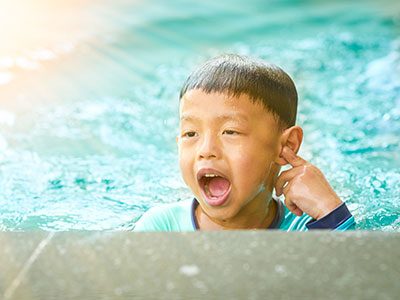 https://riseandshine.childrensnational.org/wp-content/uploads/2025/07/Swimmers-ear-feature.jpg
300
400
Danielle Robbins
https://riseandshine.childrensnational.org/wp-content/uploads/2017/11/childrens_riseandshine_logo.jpg
Danielle Robbins2025-07-07 17:23:292025-07-07 17:23:29What every parent should know about swimmer’s ear
https://riseandshine.childrensnational.org/wp-content/uploads/2025/07/Swimmers-ear-feature.jpg
300
400
Danielle Robbins
https://riseandshine.childrensnational.org/wp-content/uploads/2017/11/childrens_riseandshine_logo.jpg
Danielle Robbins2025-07-07 17:23:292025-07-07 17:23:29What every parent should know about swimmer’s ear



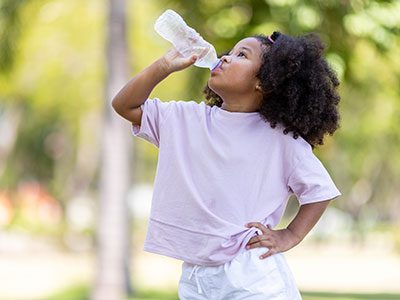

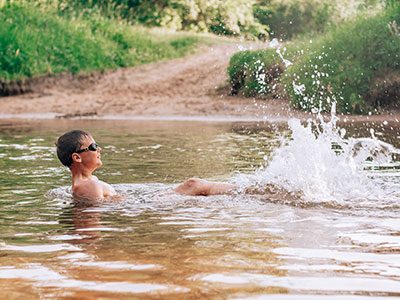
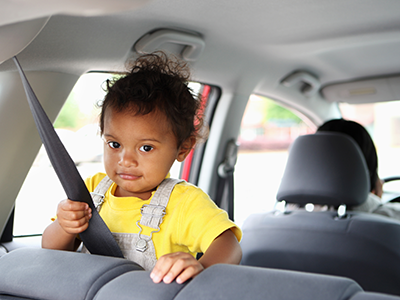
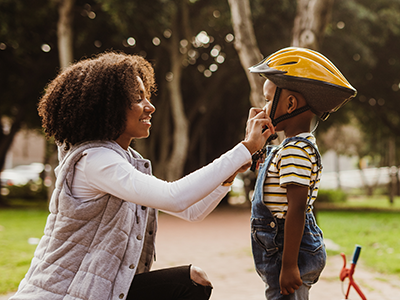
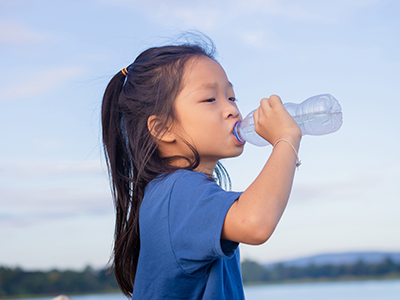
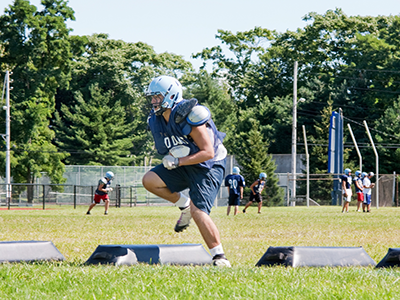
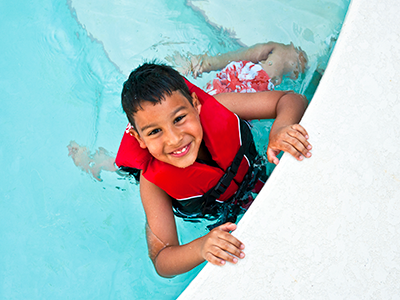
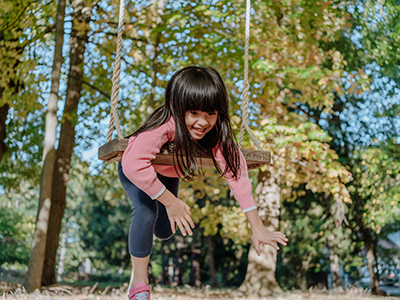
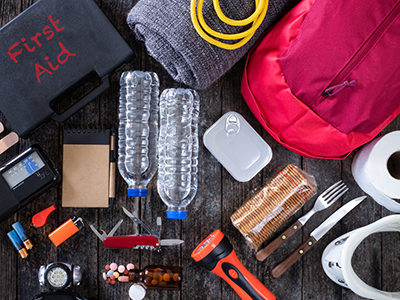
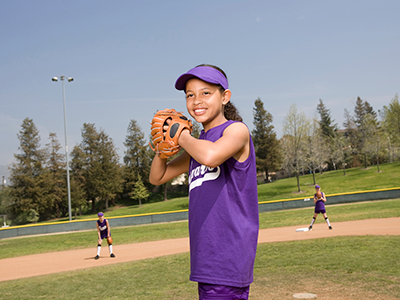
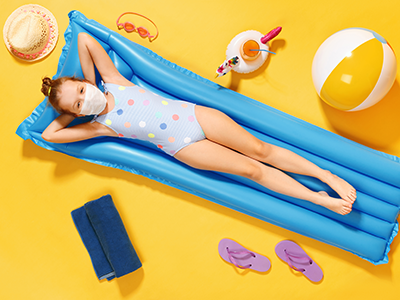
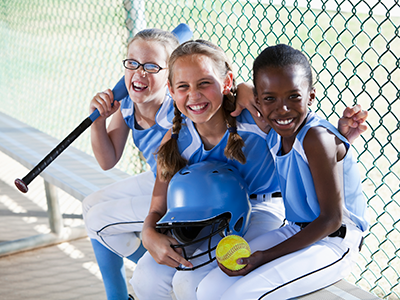

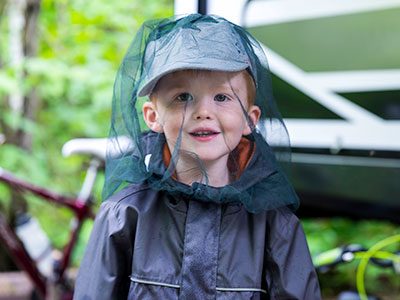
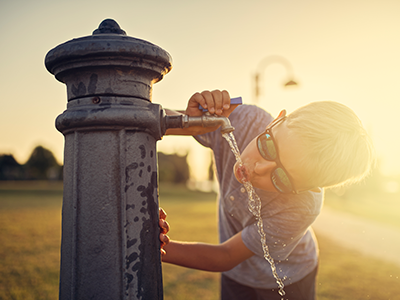
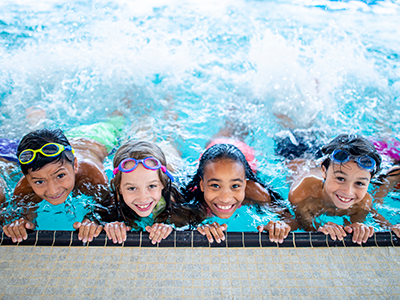
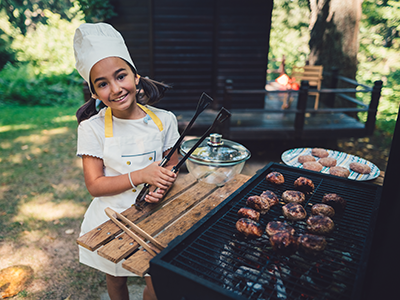
Leave a Comment
Want to join the discussion?Feel free to contribute!